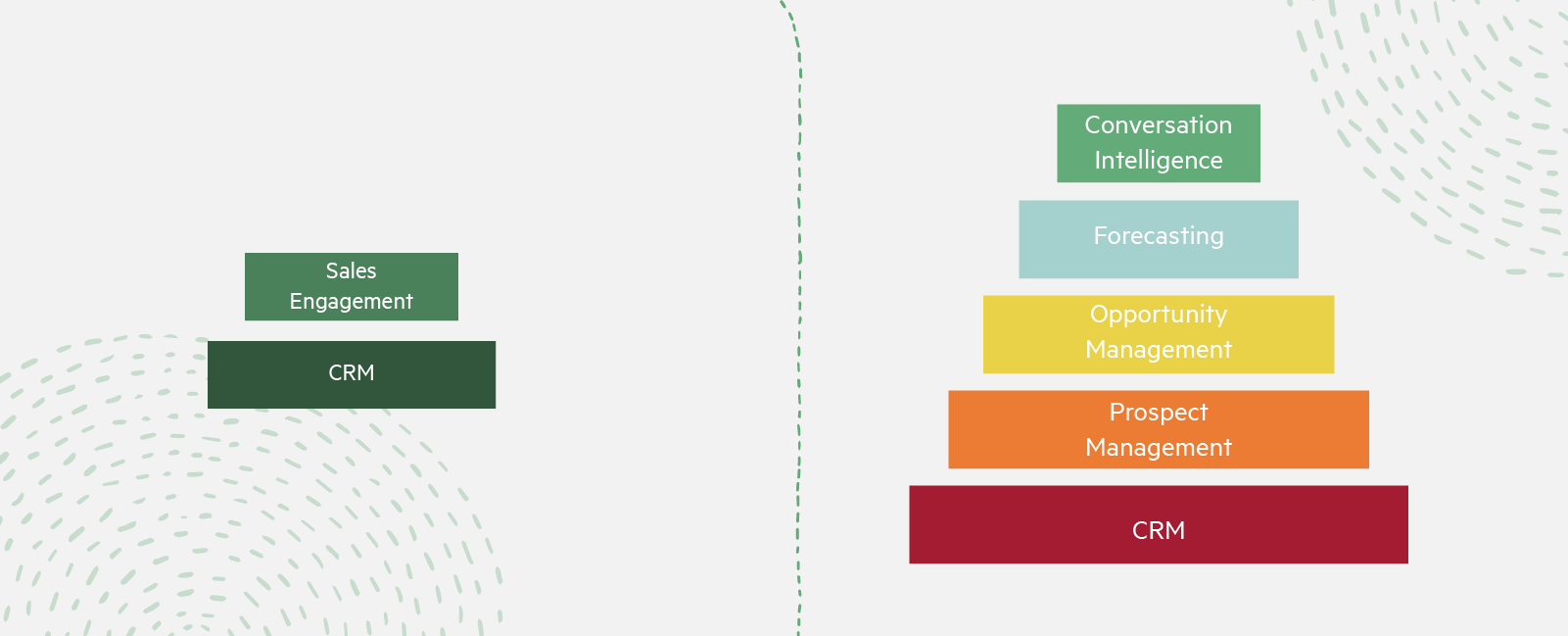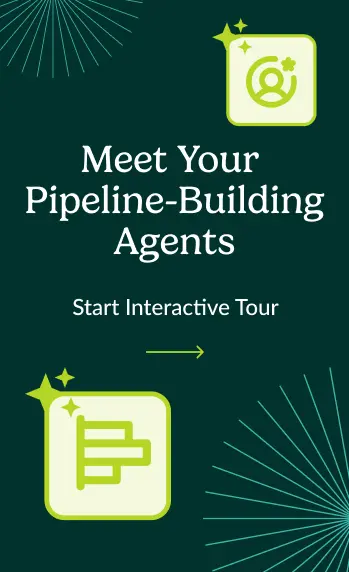How European Sellers Are Rising to the Top of the Global Leaderboard
Updated:
Published:

It’s true. Europeans tend to be more conservative in adopting the latest technologies.
But taking our time, with both technology and sales, has turned out to be a positive. I’ve seen it firsthand in our EMEA sales team’s remarkable 2021 growth and heard about it from many other sales leaders in the region who tell me the same.
In this article, I’ll share why I think European sellers are at the top of the charts – and how you can be too.
Put Strategy Behind Sales Technology Purchases
Let’s start with how that first ‘negative’ of being tech laggards can actually be a positive. First, all credit where it’s due – we love the technology coming out of the U.S. and learn from our colleagues there. That learning is a huge part of how we’ve turned a potential ‘con’ into a ‘pro.’
We’ve watched our peers jump to add new point solutions as soon as they arrived on the market. Then we saw them realise that their salespeople were logging in to eight or 10 different systems, erasing the same efficiency they were trying to create in the first place. Worse yet, once they ran an analysis, they would often find other troubling news; reps were only using a few of the many systems available, and there was significant feature overlap. Not only was productivity lower than it could be, they were paying dearly for it.
Learn how to calculate the value of tech stack consolidation.

This has given European sellers an advantage. The intelligent buyers among us are strategically planning before we implement technology. By understanding upfront what the team needs, what we want to do over the next two to five years, and how to build it, we avoid the technology bloat that’s making so many excellent sales organisations less effective than they otherwise could be.
Rely on “A” Players and SDRs
There is a massive battle for top sales talent in Europe and especially the UK – not just during the Great Resignation. Speaking to clients, prospects, and others in the industry, I’ve found a stubborn streak around hiring. Some leaders approach it with the mindset that we’re only going to hire “A” players and would rather have an open headcount than settle for someone who doesn’t tick all the boxes. Obviously, when you’re working with “A” players, you will do great things.
We’ve also shifted from an AE-heavy model to relying more heavily on SDRs in the last several years. Before, a team might have had 10 AEs and two SDRs, but now some companies are more likely to go for five and five.
We find SDRs are perfect for scaling the organisation, especially when they’re “A” players.
But even the best SDRs need great sales technology, and organisations need sales tech to manage them. Since SDR work is about scale, sales engagement provides the automation they need to be effective. And since SDRs are often more junior than AEs, tech makes it possible for them to onboard more quickly and replicate the movements of top performers. With coaching and training capabilities, you have a way of using analytics to check what they’re doing.
Lean on Relationships More than Sales
European sellers concentrate more on the relationship and sell with empathy. Our communication style is very different – we say things in a more succinct way. We’re maybe not as ‘salesy’. I’ve done OK in sales by just building trust and a good relationship and explaining in a simple way how the technology is going to help the buyer. I think that’s a big part of the success behind European sales teams. We’re patient, investing in the relationship and taking time with the sale.
Using a qualification framework also helps sellers to go through the sales process more as a partnership. MEDDIC has become very popular here (we use MEDDPICC). I hear about it all the time, with more and more companies using some type of MEDDIC qualification process.

Use Technology Built for Global Markets
Saving one of the best for last, we’re invested in our regions over here. We want to buy from people who speak our language. This naturally gives an edge to native speakers, and those who are selling in-country. Sure, most Europeans speak English, but we are more willing to trust you and do business with you when you are speaking our native language.
Sales teams who adopt global-ready technology are positioning themselves for success – and expansion. European sellers need global privacy language and standard opt-out links in their communications. Plus, it’s not the best look when your automated emails arrive after hours because your technology doesn’t have time zone management capabilities.
Having these capabilities and hiring locals really shows your commitment to the country and region, which makes a big difference in Europe.
European Sellers: Onward and Upward
It has been gratifying to see Salesloft’s growth in EMEA and know that we are alongside other companies who are experiencing the same growth in sales and headcount.





























